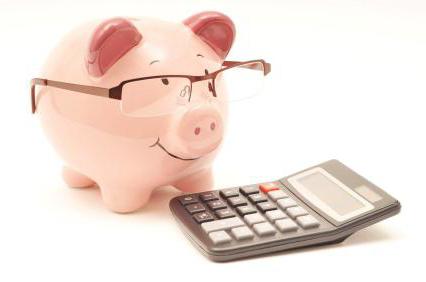Profitability is a measure illustrating the effectiveness and success of the economic activity of an enterprise, organization or company. There are several types of profitability, each of which is calculated in order to identify the degree of influence of individual factors on the overall result.

To assess the profitability of the enterprise, articles of its income are divided by the amount of expenses. In the same way, the indicator of the profitability of personnel, investments, sales, assets and other components of economic activity is calculated: profit or income is divided by the number of personnel, the volume of investments, revenue, and the volume of assets.
Why do we need such calculations?
Each of these indicators (including personnel profitability) is a coefficient showing how much profit is accounted for each unit spent, that is, how efficiently resources are used.
Profitability can be positive or negative. In the first case, this means that profit exceeds expenses, and the owner of the enterprise has reason to rejoice. In the second - that the expenses have not paid off, there is no profit at all. This option is most frightening for all entrepreneurs and managers, which is why they attach such importance to the economic analysis of the organization.
Considering the profitability indicators of individual factors, it can be established that the most influenced the profit or loss.
Profitability of personnel: the value of the indicator for the enterprise
There are no organizations where efficiency does not depend on personnel. The notorious “human factor” is of great importance, since it is people who manage projects, call customers, place orders and go to meetings. The higher the level of professionalism and competence of employees, the higher profitability level.
The psychological climate is also important: well-coordinated work of the team makes it easier for individual workers to perform many labor functions, but discord, hostility and misunderstanding invariably negatively affect the profitability of staff.
The calculation of this indicator is carried out in order to find out how efficiently the personnel costs are used (salaries, incentives, vacation pay, social benefits, maintenance of jobs).

Personnel profitability analysis
Like many others economic indicators, personnel profitability (RP) also has a formula for calculation. It is calculated by dividing the total profit of the company (OP) obtained for a certain period by the average number of employees involved in its receipt (CS).
Calculation of personnel profitability (formula):
RP = OP / KS.
For convenience, the resulting figure is converted to percent (multiplied by 100%).
What does the result of calculations mean?
The profitability indicator of personnel, the formula for the calculation of which is given above, may be greater, less, or equal to zero:
- RP
- RP = 0: the cost of servicing a state is equal to the profit that it brings. Competent optimization will help the organization "go into the plus."
- RP> 0: the costs paid off and there is a profit. The higher the number, the more efficiently the staff works.

What can be done to improve profitability?
In difficult times for the company, when the profitability of staff shows an unsatisfactory state of things (a negative or very low indicator), management can take some rather tough, but effective measures.
The way to increase profitability is to reduce costs or increase profits.
First of all, specialists are instructed to analyze the influence of all factors on the profitability of personnel and determine the sources of financial leakage. This may be inefficient work of people or too high expenses for their maintenance. The latter include wages, taxes, the purchase and tailoring of workwear, compensation for transportation costs and the cost of mobile communications.
Both that, and another problem can be solved by selection of new personnel or reduction of staff. However, it should be borne in mind that the number of products or services produced must remain at the same level. Efficiency and speed of production should also be kept the same. In no case should you try to save money by refusing to buy new equipment and technologies, shortening production cycles or eliminating some of them. Thus, only slower operation can be achieved.
Technical re-equipment, improvement, automation and robotization of processes require initial investments, but give tangible results.
Further training for employees
If the analysis showed a lack of staff qualifications, then the head of the enterprise has the opportunity to take care of the training of existing employees or hire new ones with a sufficient level of knowledge. In this case, you should calculate the cost of alternative measures and compare the amounts received. Often the option that seemed obvious and correct becomes more costly.
How to reduce maintenance costs
There are a number of activities, the use of which helps to significantly reduce staff costs:
- Introduction of unpaid leave system.
- Decline tariff rates and salaries for all categories of workers.
- Suspension or abolition of payments of bonuses, allowances and surcharges.
- The establishment of part-time work, in which the reduction in the number of working days can be combined with downtime.
If such radical tricks did not lead to the expected result, you can increase staff profitability by reducing the number of employees or by reducing staff.
These are different concepts, despite their consonance:
- The reduction in the number of employees is the termination or termination of contracts with seasonal, temporary and non-staff employees.
- The layoff is accompanied by changes in the staffing.
In any case, upon dismissal of employees in connection with financial or organizational problems at the enterprise, all employees are paid compensation.









If the numerator and denominator are not equal to zero, then how can the RP be equal to zero?